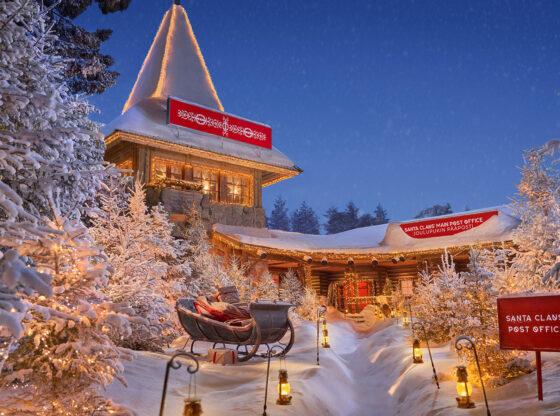![]()
At the 11th hour of the 11th day of the 11th month in 1918 the hostilities ceased. This upcoming November 11 will be a poignant day for all the countries involved.
This month marks 100 years since the armistice was signed to end what we know as World War I.
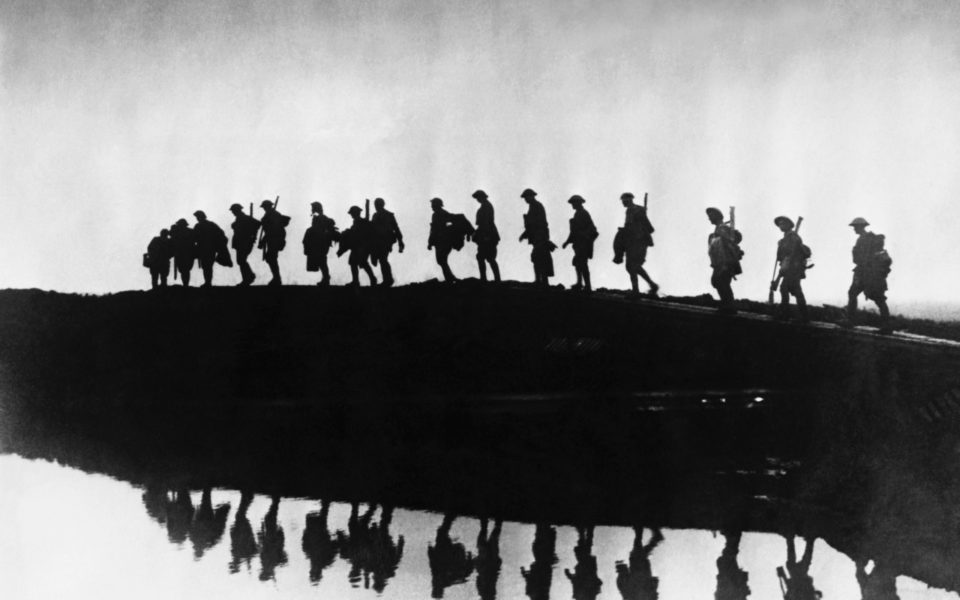
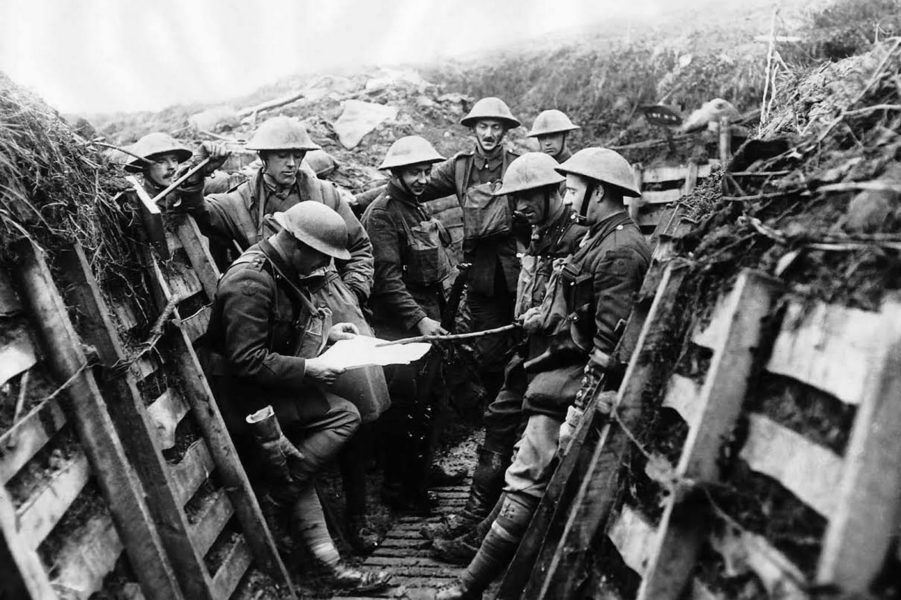
There will be a series of events to mark the centenary. Included will be a commemorative service at St Symphorien Cemetery near Mons, Belgium, where the conflict began.
In the UK, the National Service of Remembrance at London’s Cenotaph will follow traditional lines, as it remembers the fallen of all conflicts.
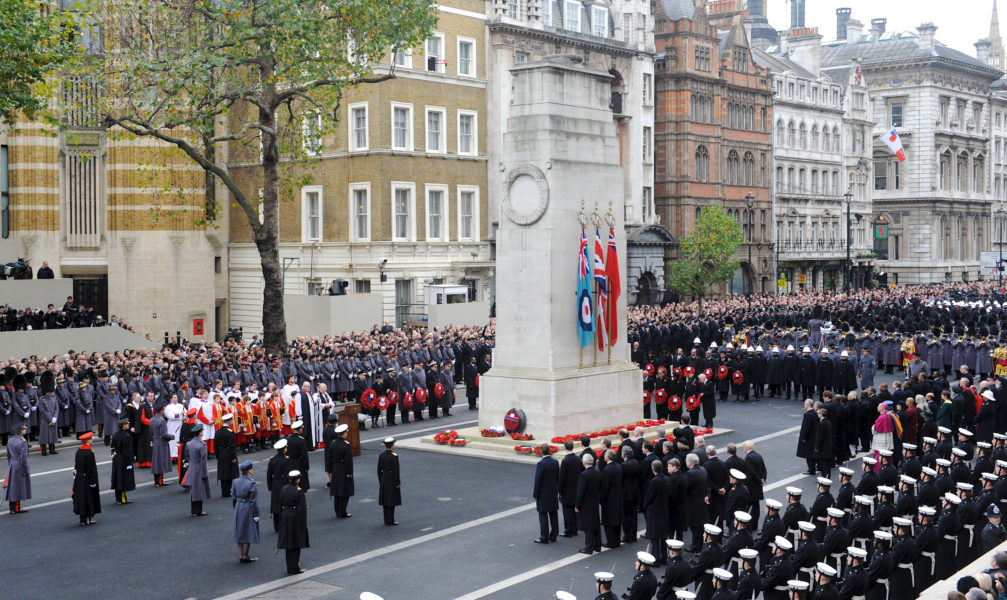
During the day, church and other bells will ring out as they did at the end of World War I and the day will end with a service at Westminster Abbey, London, along with others in Glasgow, Cardiff, and Belfast.
In Thailand, there will be a couple of events on the 11th.
One will be in Kanchanaburi, the site of the World War II Death Railway; the other will be at the soon-to-disappear British Embassy in Bangkok.
Also as part of Remembrance, a Poppy Golf Charity Tournament was held November 2 with a gala dinner the day after.
I didn’t serve in the armed forces – national service call-ups ended in 1960 when I was aged just eight – so I have no concept of the sentiments ex-servicemen and women feel when marking these events (note I don’t use the word “celebrating”). However, when observing ex-servicemen in Pattaya bars such as Tropical Bert’s or the Lofts at Mabprachan I do, at times, envy the obvious comradeship they seem to enjoy.
I should also point out that, of course, that most of the guys I see signed up of their own free will. They didn’t have to be conscripted to want to serve their country.
Many years ago, my wife of the time and I went on holiday in the south of France (Juan les Pins) with friends. We took my mate’s car over on the ferry and drove down. On the way back, my friend got it into his head that he wanted to visit the Forest of Compiegne even though to divert there might have meant missing our ferry back.
Showing my ignorance, I asked why he wanted to go there, especially as it might disrupt our travel plans. When he pointed out that in the forest was a replica of the railway carriage where the armistice was signed to end the Great War, I was on board with the idea that it might be worth risking missing the ferry.
My memory of the visit is not as vivid as I would like, but I recall the serenity I felt at the clearing in the woods. To think that such an important event had taken place there genuinely touched me.
The historians among you will know that the original railway carriage was also used by the Nazis during World War II to mark the fall of France. It seems Hitler in an act of schadenfreude thought it appropriate to use the carriage as the place to get the French to sign their surrender.
The carriage was later taken to Germany where it was destroyed in 1945 when the country was close to capitulation. Perhaps the thought of signing another surrender in it was too much to bear.
It is difficult to comprehend the horror of the 1914-18 war. The total of military and civilian casualties is thought to have topped 41 million. The figures are muddled by an influenza pandemic which happened at the same time which was thought to have taken more lives than the actual battles.
We insular Brits tend to concentrate on our own casualties which numbered close to three-quarters of a million in combat (imagine Wembley Stadium filled more than eight times). The Russia Empire, which left the war in 1917, lost more than double that figure, just 100,000 short of the German Empire’s losses of 1.8 million.
All the figures relating to World War I are mind-boggling. The fact that Britain and France had such a large number of colonies that became involved truly made it a “world” war.
Thailand, or the Kingdom of Siam as it was known then, declared war on Germany and its allies in July 1917 – just a few months after the Americans. I don’t know if there is any link. I think not.
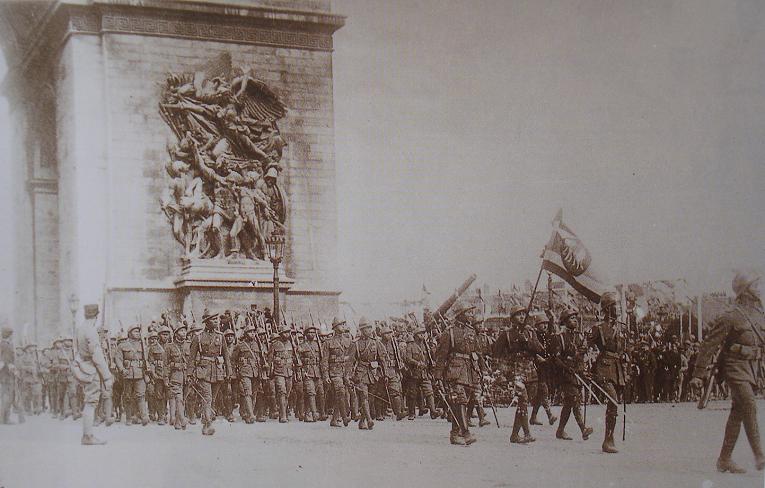
Siam was the sole country in south-east Asia to maintain full independence from the great empires during the colonial era. It was the only state in the region to enter the conflict entirely of its own free will, as an equal of the European powers rather than as part of their imperial contingents.
It sent an expeditionary force to France. The troops took a while to acclimatize (militarily and weather-wise) and needed specialist training which meant they only really entered the conflict in September 1918 – just a few months before hostilities ceased.
The Thai force did, however, later contribute to the initial occupation of Rhineland, when they took over the town of Neustadt an der Haardt.
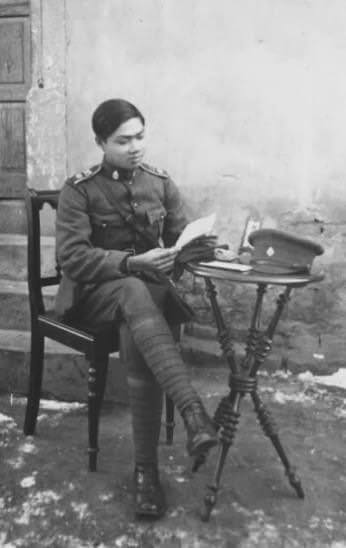
It is still on my Bucket List to visit the battlefields of World War I on an organised tour. I have carried out a little research and four-day tours typically cost more than £1,000 (about Bt 44,000).
Maybe one day …
By Dave Buckley










